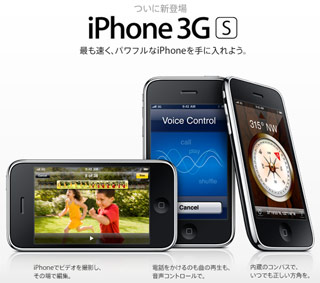We just could not let This Article go un-challenged – hence see our ++ respond inline below.
The most important factor that led to America’s stunning success in information technology was not the free market but government regulation. Federal trustbusters made AT&T lease its lines to others and eventually broke up the giant telephone company.
++ The Japanese government made similar moves with NTT. Perhaps a more valid point passed over is how the respective governments historically manage and allocate the public wireless spectrum. Results clearly show a "Regulated" Japan approach enabled the mobile industry here to significantly trump the progress of a so-called "Free Market" USA (highest bid auctions) model.
Later they forced IBM to separate its hardware and software businesses. These actions opened the door to competition and lower prices. More important, they changed the industry’s structure, replacing monoliths with smaller, specialised companies which have to work with others with complementary skills. The result has been tremendous innovation. …**Counterintuitively, fragmenting these industries helped common standards to emerge, they say.
++ All of the major vendors have smaller spin-off suppliers here doing the piece work.. often the deepest source of innovation is coming from bottom up to the likes of NEC, Fujitsu and Panasonic et all. **Yet standards in Japan – especially for mobile as mentioned below – are somehow less relevant? Continued after the jump>>


 Plenty of
Plenty of